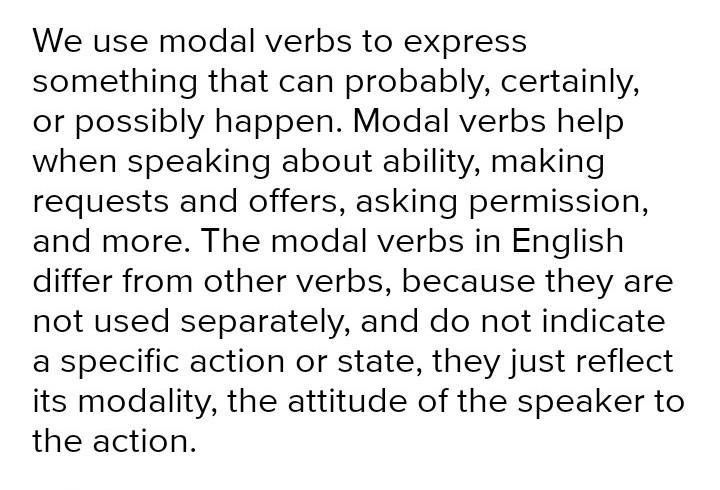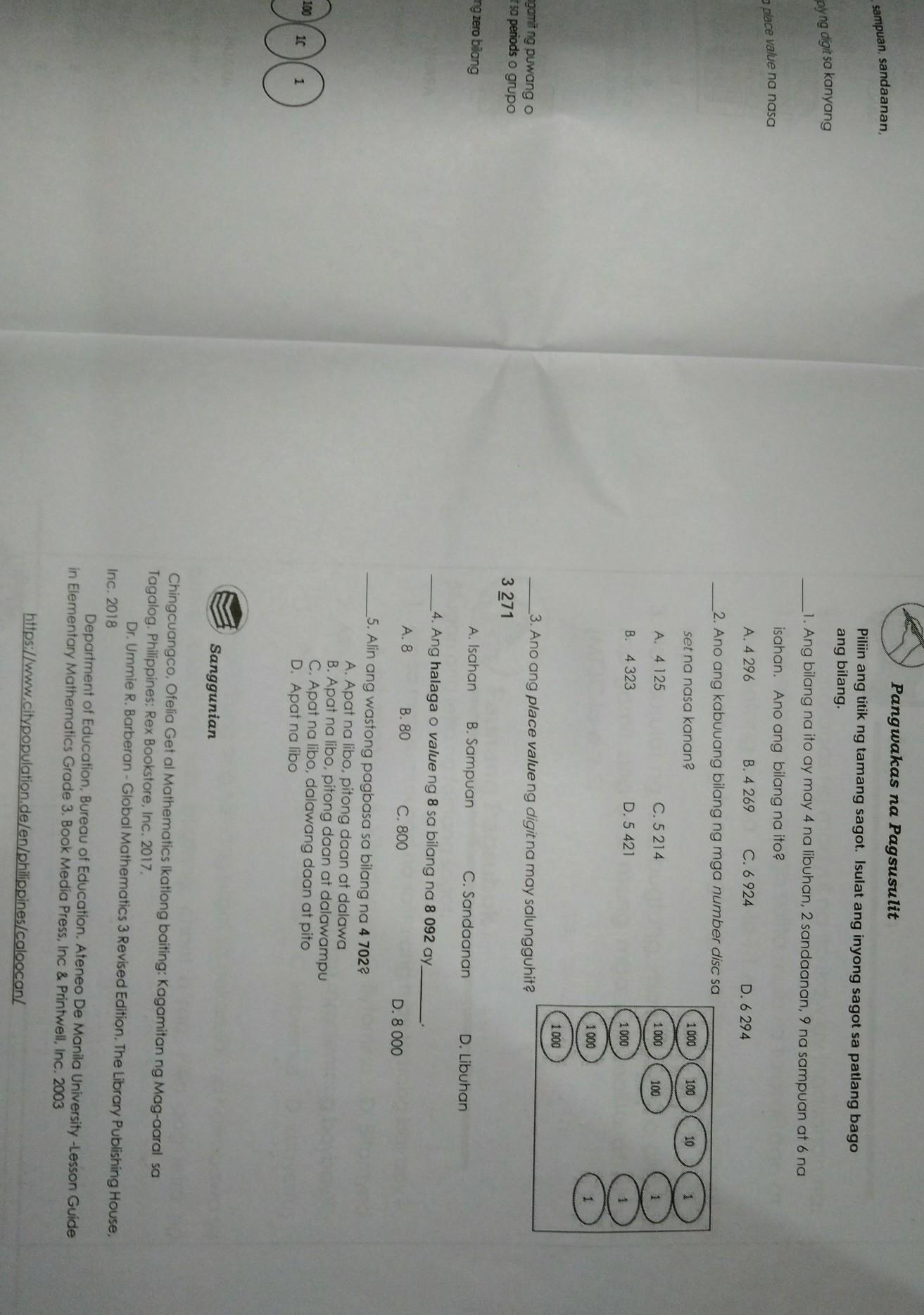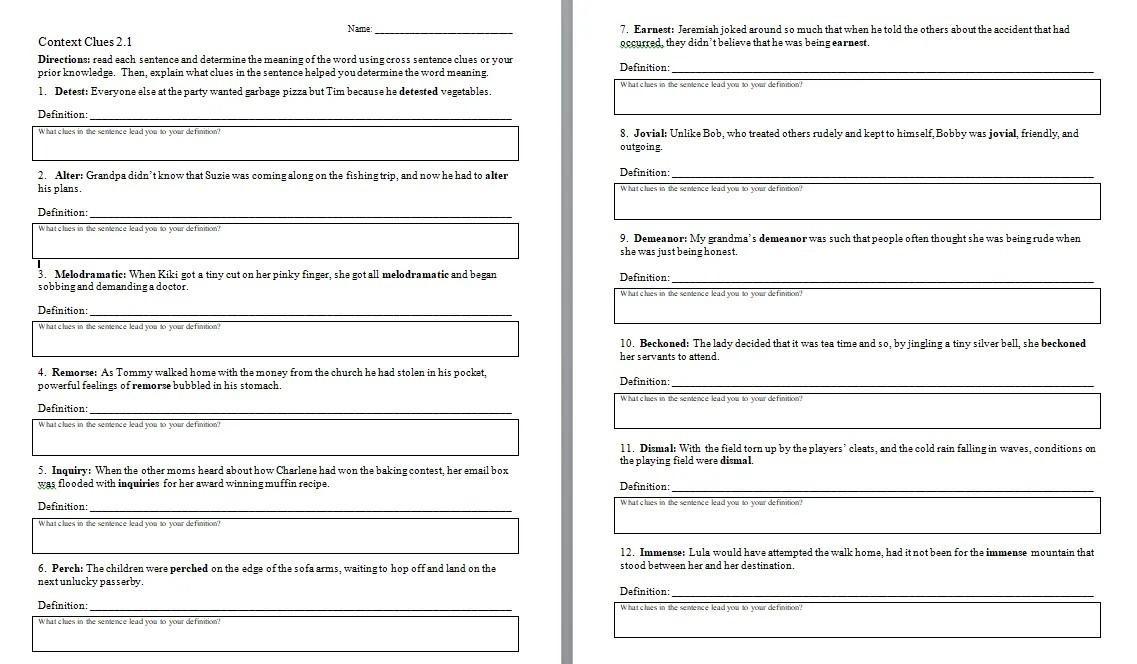Answer:
Binary Form is a common type of musical form. It is usually found in classical and particularly Baroque music pieces.
This post will focus on binary form. What is it, and how is it different from other musical forms? First, however, we need to look back at musical form in general.
What is Form in Music?
Form in music has to do with how a piece of music is organized through its structure.
The formal structure of a song has to do with its melodic, harmonic, and rhythmic aspects, and analyzing it is helpful to determine how the music is structured and how it flows.
There are three different units of form:
Bars (or measures)
Phrases
Passages
An individual bar is made up of notes and rests.
A phrases usually consists of 4 bars or fewer in length.
And the the next step up are passages, which usually consist of 4 or fewer phrases, but can sometimes be up to 8 or even 16.
Then, at the highest level, are whole pieces or movements.
We can then label these units (phrases, passages, movements) with letters like A, B, C, and D to allow us to analyze and write about certain forms by using different combinations of letters.
Definition Of Binary Form
Binary form in music is when a piece of two music has two similar sections that are then repeated throughout the piece.
It is usually written as an AABB or AB form.
These sections are usually somewhat similar harmonically and roughly equal in length, and the A section can be repeated before moving to the B section.
An example of binary form is the folk song “Greensleeves”.
It has an A section that can be broken into two almost-identical phrases – AA.
Then there is a B section that can also be broken up into two phrases – BB.
The structure, or form, of the piece, therefore, is AABB.
In the Baroque period, where the binary form was first popularized, there were rules for the A and B section.
Usually the A section starts in one key and then modulates (changes key centers) to a different, but related key.
In major, this related key would be the V (based on the 5th scale degree) of the original key, and in minor, the new key would be the III (based on the 3rd scale degree) of the original key.
The B section would then start in this newly established key, and then after an indeterminate amount of time it would modulate back to the original key and end.
Simple vs. Rounded Binary Form
There are multiple different kinds of binary form. Two of the subsections are:
- Simple binary
- Rounded binary
- Simple Binary
You can listen and observe a music video in YouTube, “Greensleeves", is an example of simple binary form.
This is when the B section does not play a part of the A section at the end of it.
Another piece in simple binary form is the “Allemande” movement of Bach’s “French Suite No. 2 in C Minor”.
The A section repeats, and then the B section repeats, without playing part of the A section.
Rounded Binary Form
Rounded binary form is when the B section ends with a little tag from the A section.
This is sometimes referred to as an ABA1 form, but I think that is purposely confusing, and as long as the B section starts off as a B section normally would, it is still considered rounded binary.
A classical piece that uses rounded binary is the 3rd movement from Mozart’s “Piano Sonata in D Major”.
The first page of the music (with the two repeated sections) acts as a rounded AABB.
Explanation:
And can I get a brainliest, Thank you and Your welcome:)




